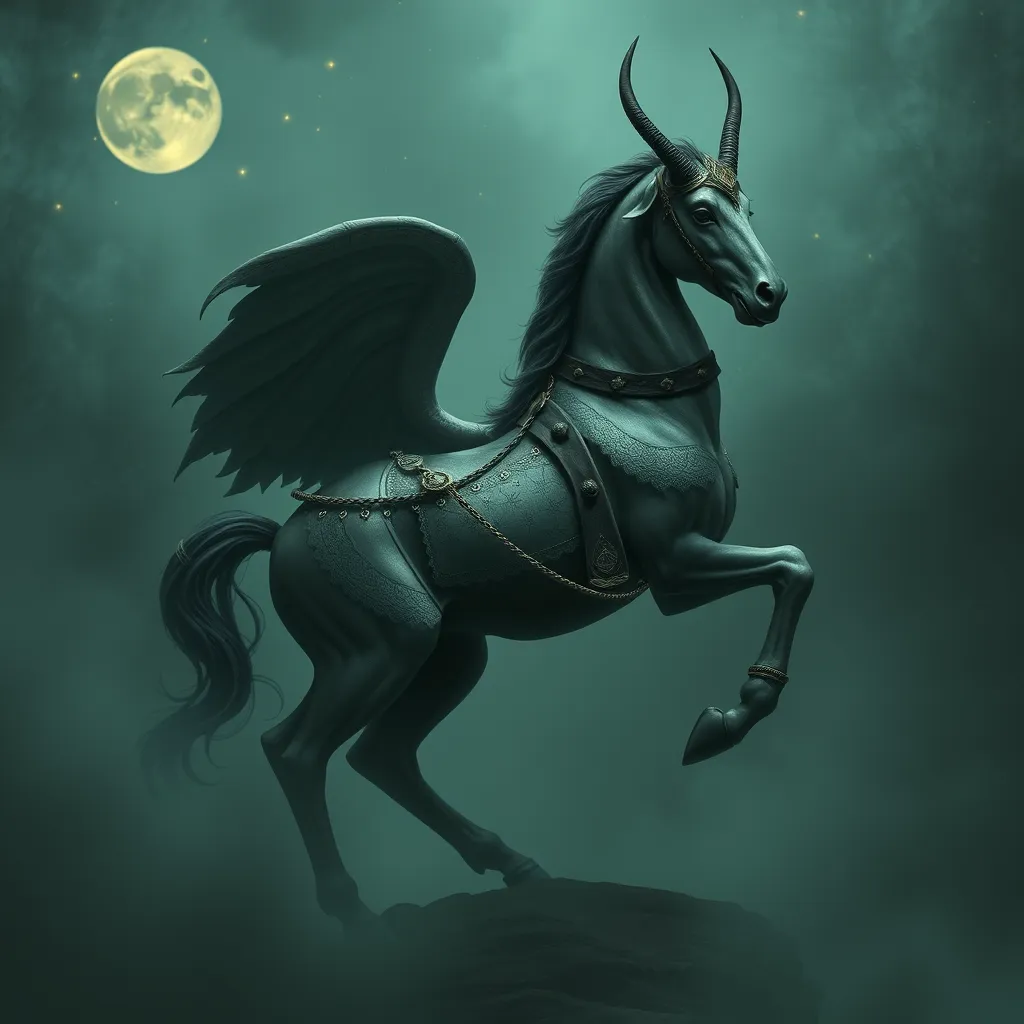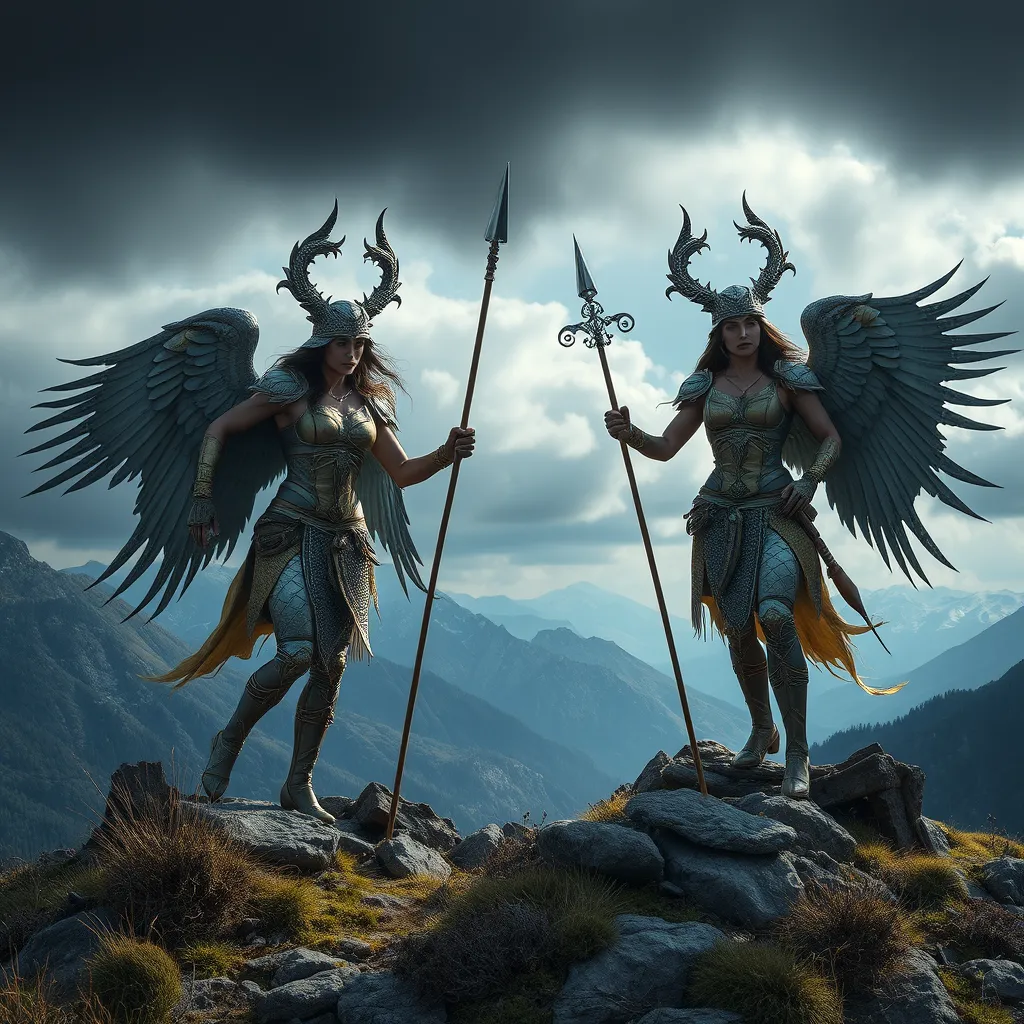The Centaur in Persian Mythology: The “Ashiq” and the Centaur’s Connection to Love and Passion
I. Introduction
Centaurs have long captivated the imagination in various mythologies, serving as complex symbols of duality, blending the characteristics of humans and beasts. In Greek mythology, they are often portrayed as wild and unruly, yet they also embody wisdom and artistry. This duality prompts a fascinating exploration of their place in other cultures, particularly in Persian mythology, where the concept of the “Ashiq” emerges as a significant figure associated with love and passion.
The “Ashiq” in Persian culture represents a passionate lover and a poet, reflecting deep emotional connections and the pursuit of beauty in love. This article aims to explore the intricate connections between centaurs, love, and passion within Persian culture, delving into how these themes resonate through mythology, literature, and art.
II. The Role of Centaurs in World Mythology
Centaurs have a storied history in world mythology, most notably within Greek traditions. They are often depicted as half-human, half-horse beings that embody a blend of civilization and savagery. This dual nature allows centaurs to serve as potent symbols of the internal struggle between the civilized and the wild aspects of humanity.
A. Brief history of centaurs in Greek mythology
In Greek mythology, centaurs are often portrayed as unruly and drunk, frequently clashing with heroes and exhibiting violent behavior. Yet, figures like Chiron, a wise and noble centaur, illustrate that they can also represent knowledge, healing, and mentorship.
B. Centaurs as symbols of duality: civilization vs. savagery
This duality is a recurring theme that highlights the tension between human intellect and animalistic instincts. Centaurs often find themselves navigating these opposing forces, making them compelling characters in mythological narratives.
C. Comparative analysis of centaurs in other cultures
- In Indian mythology, the horse-like figure can be seen in various forms, though not directly as centaurs.
- In Central Asian folklore, horse-riding figures embody similar traits of freedom and wildness.
- Other cultures may interpret similar hybrid beings, reflecting universal themes of identity and belonging.
III. Understanding the “Ashiq” in Persian Culture
The term “Ashiq” holds significant cultural weight in Persian literature and art, representing more than just a lover. The “Ashiq” is often seen as a passionate individual who expresses deep emotions through poetry and song.
A. Definition and significance of the term “Ashiq”
An “Ashiq” is a lover who is willing to sacrifice everything for love. This archetype is deeply embedded in Persian culture, often celebrated in poetry and stories as a figure of devotion and longing.
B. The “Ashiq” as a lover and a poet
The “Ashiq” tradition is characterized by its emphasis on emotional expression, often depicted through lyrical poetry that conveys the depths of love and yearning. The “Ashiq” is not only a lover but also a creator of beauty through words.
C. Historical context and evolution of the “Ashiq” archetype
Historically, the figure of the “Ashiq” has evolved, reflecting the changing values and societal norms of Persian culture. From medieval poetry to modern interpretations, the “Ashiq” continues to resonate with audiences, embodying the timeless nature of love.
IV. The Intersection of Centaurs and the “Ashiq”
In Persian literature, the centaur can serve as a rich metaphor for the “Ashiq” experience, embodying the struggles and passions of love.
A. Symbolic representations of the centaur in Persian literature
The centaur’s duality mirrors the complexity of the “Ashiq,” who grapples with the pull of earthly desires and the pursuit of higher emotional truths.
B. The centaur as a metaphor for the “Ashiq” experience
As a metaphor, the centaur reflects the “Ashiq’s” journey through love, embodying both the yearning for connection and the chaos that often accompanies deep emotional entanglements.
C. Case studies of mythological texts featuring both centaurs and “Ashiq”
Exploring texts that feature both the centaur and the “Ashiq” reveals a rich tapestry of narratives that delve into love’s complexities, showcasing the emotional landscapes that these characters navigate.
V. Themes of Love and Passion in Centaur Narratives
The narratives surrounding centaurs in Persian mythology often explore profound themes of love and passion, resonating through the ages.
A. Exploration of love stories involving centaurs in Persian myths
These stories often depict intense relationships, where love transcends boundaries and societal norms, reflecting the deep longing that characterizes the “Ashiq” tradition.
B. The portrayal of passion and desire in the “Ashiq” tradition
In the “Ashiq” tradition, passion is portrayed as both beautiful and tragic, illustrating the emotional highs and lows that accompany deep love.
C. The emotional complexity of love as depicted in these narratives
These narratives not only highlight the joy of love but also the pain of separation, reflecting the dual nature of human emotions, akin to the centaur’s own struggles.
VI. Artistic Representations of Centaurs and “Ashiq”
The artistic expressions of centaurs and the “Ashiq” in Persian culture are abundant, showcasing the enduring nature of these themes.
A. Analysis of visual art depicting centaurs in Persian culture
Persian miniatures often feature centaurs, capturing the essence of their duality and their emotional depth in various artistic styles.
B. Influence of the “Ashiq” on Persian poetry and storytelling
The “Ashiq” has profoundly influenced Persian poetry, with poets drawing upon the archetype to express the nuances of love and longing.
C. The role of music and performance in expressing love and passion
Music and performance are integral to the “Ashiq” tradition, with many “Ashiq” expressing their feelings through songs that resonate with the themes of love and desire.
VII. Contemporary Relevance of Centaurs and “Ashiq”
As society evolves, the themes of centaurs and the “Ashiq” remain relevant, reflecting timeless human experiences.
A. Modern interpretations of centaur mythology in Persian culture
Contemporary artists and writers continue to draw inspiration from centaur mythology, reinterpreting their symbolism to address modern issues of identity and belonging.
B. The enduring legacy of the “Ashiq” in contemporary literature and art
The “Ashiq” remains a powerful figure in modern Persian storytelling, illustrating the complexities of love in today’s world.
C. The relevance of these themes in today’s society
Love and passion are universal themes that resonate across cultures and time periods, making the exploration of centaurs and “Ashiq” relevant for contemporary audiences.
VIII. Conclusion
In conclusion, the exploration of centaurs and the “Ashiq” reveals a rich tapestry of symbolism and emotional depth in Persian mythology. Both figures represent the complexities of love and passion, reflecting the dualities inherent in the human experience. As we delve deeper into these mythological themes, we uncover the timeless nature of love that transcends cultural boundaries, inviting further exploration and appreciation of these narratives in the cultural landscape.



